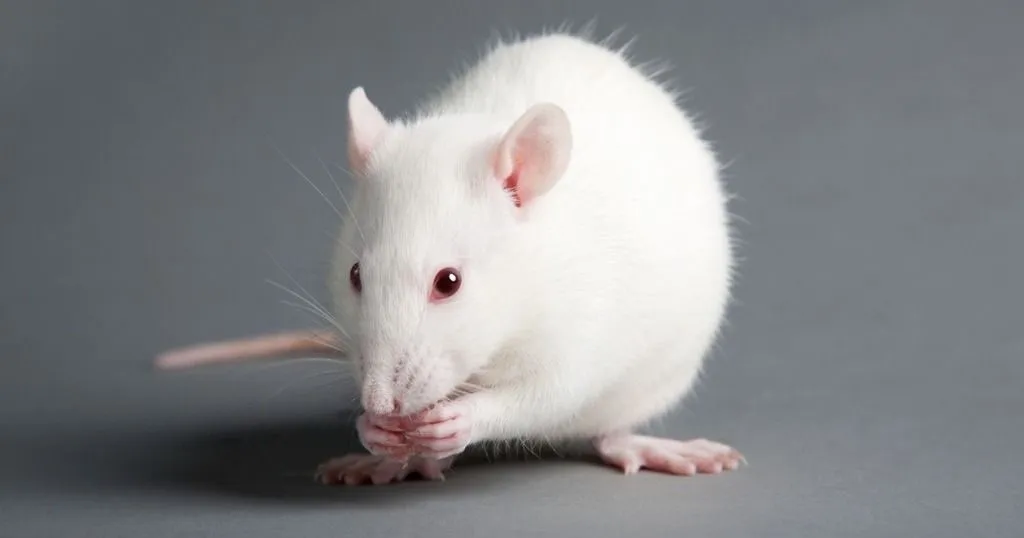Zebrafish with Parkinson's
Parkinson’s Disease (PD) is one of the main neurodegenerative diseases and many researchers are involved in investigating this disease and developing treatments
Posted by
Published on
Thu 28 Mar. 2013
Topics
| Danio Rerio | DanioVision | EthoVision XT | Parkinson's Disease | Video Tracking | Zebrafish |

Parkinson’s Disease (PD) is one of the main neurodegenerative diseases and many researchers are involved in investigating this disease and developing treatments. Still, the underlying mechanisms of PD remain largely unknown. Zebrafish turn out to be a big help in this research, as researchers from the Erasmus Medical Center (Rotterdam, the Netherlands) recently proved. They created a new model for PD in zebrafish, getting us one step closer to a better understanding of this debilitating disease.
Zebrafish model for Parkinson's
Tianna Zhao and her colleagues established this PD model in zebrafish. Specifically, it is a model for PARK15, a form of early-onset parkinsonism (atypical Parkinson’s Disease). PARK15, and PD in general is typified by locomotor disturbances; the slow initiation of movement called bradykinesia. This is essentially caused by cell death of the dopamine producing neurons in the midbrain. In humans, this type of Parkinson’s is caused by a mutation in a gene called FBXO7 that causes the loss of dopaminergic neurons. The zebrafish model from the Erasmus MC in Rotterdam is based on the zebrafish analogue of this gene.
Creating a Parkinson's zebrafish
The first thing to do for Zhao and her colleagues, was to identify the zebrafish gene analogue to the human FBXO7 gene, called zFbxo7. Next, they created a knockout model, resulting in four subtypes of morphant (knockout) zebrafish larvae. These were tested alongside wild-type zebrafish larvae to investigate if they exhibit the pathological and behavioral hallmarks of PARK15. They did.
Testing locomotor behavior
Because one of the most obvious and important behavioral symptoms of PARK15, and PD in general, is bradykinesia, the study included locomotor tests on the zebrafish larvae. For this, the researchers used DanioVision, a system for high-throughput tracking of zebrafish larvae. The 96 hour-old (post fertilization) zebrafish larvae were placed in a 96-well plate in the Observation Chamber. After a 15 minute acclimation period, the testing consisted of 3 cycles of 10 minutes with the lights on and 10 minutes with the lights off. EthoVision XT was used to automatically track the activity of each individual zebrafish larvae by measuring their velocities.
Verifying the model
Zhao found a very pronounced difference in locomotor behavior between wild-type and morphant zebrafish. The morphants Park15 zebrafish larvae were less active, and those that were severely affected showed almost no locomotion. These are definitely signs of the typical dopamine dependent locomotor effect seen in humans with PD. To verify that this difference was in fact caused by dopamine depletion (and not by some general delay in development), a dopamine agonist apomorphine (a typical treatment for PD in humans) was used. This treatment increased the level of activity in morphants up to the level of the wild-type larvae, while it had no effect of the wild-type group itself.
Besides behavioral symptoms, other pathological hallmarks consistent with PARK15 were confirmed for this model, including a range of developmental deficiencies such as the loss of dopaminergic neurons.
Further reading
If you want to read more about this research, check out this publication in PLOS ONE:
Zhao, T.; Zondervan-van der Linde, H.; Severijnen, L.-A.; Oostra, B.A.; Willemsen, R.; Bonifati, V. (2012). Dopaminergic neuronal loss and dopamine-dependent locomotor defects in Fbxo7-deficient zebrafish. PLOS ONE, 7 (11), e48911.
Or read more on zebrafish larvae research or the DanioVision system on our website.
Related Posts

How researchers use the Morris water maze to find treatments for Alzheimer's

Using gait analysis to analyze Parkinson’s in rat model

